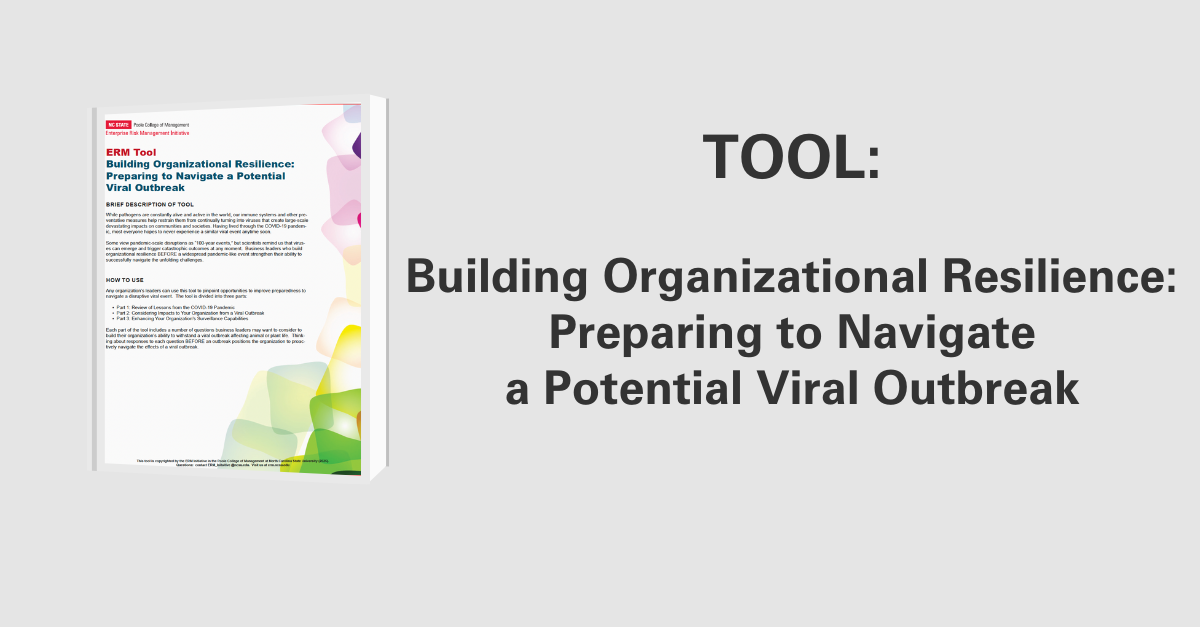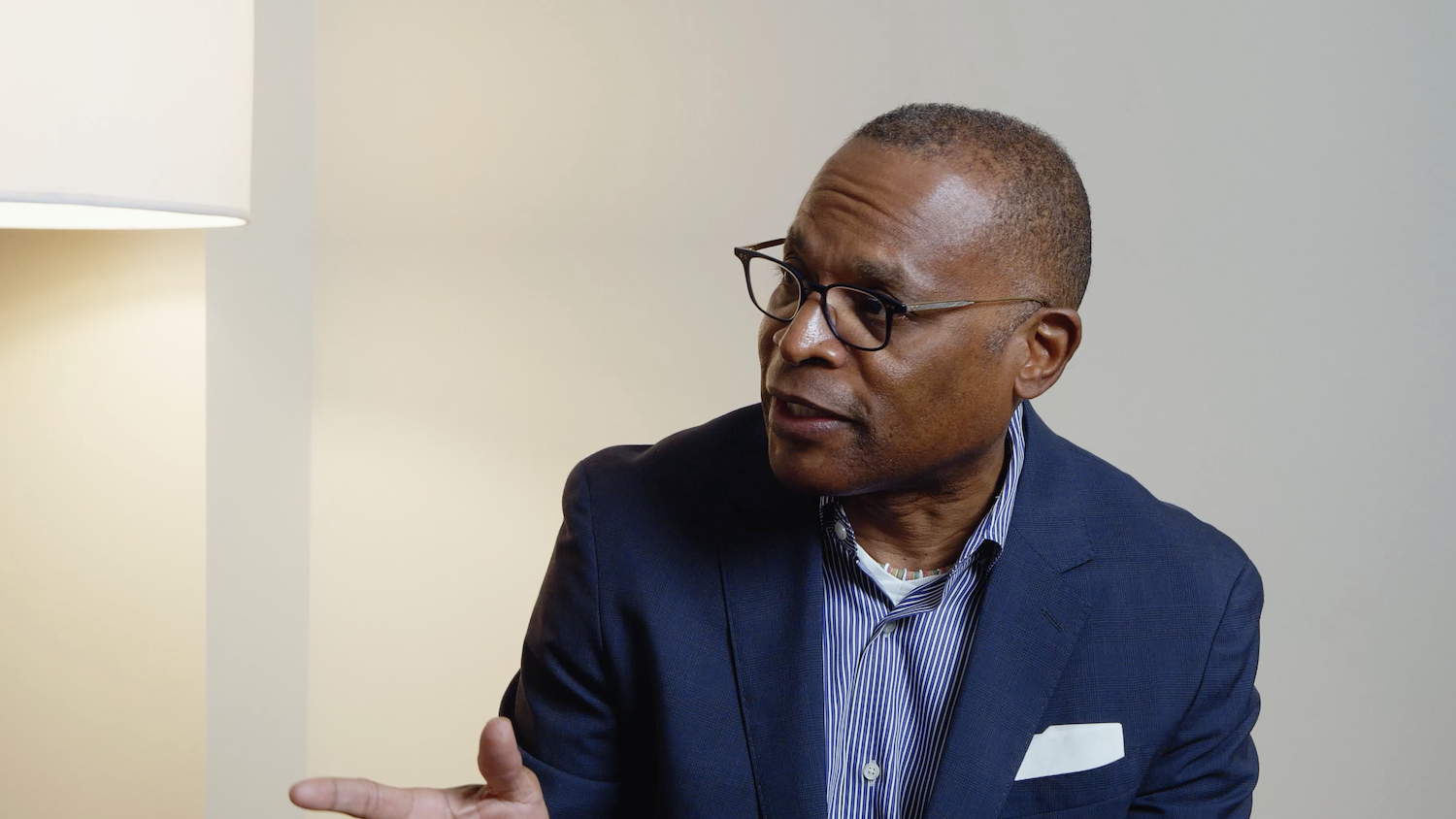Trends that are Shaping the Next Fifty Years
Key Forces in a Changing Market:
Senior executives have major change coming their way in the near future. It is imperative that that they understand the change that is coming, and the key forces behind it. This will allow them to be prepared, and change their strategies accordingly.
A recent article by Richard Dobbs, Sree Ramaswamy, Elizabeth Stephenson, and S. Patrick Viguerie in McKinsey Quarterly focuses on the emerging trends ongoing in today’s market place that may be on track to significantly alter long-held assumptions that undergird strategy setting as we know it today. The article focuses on three key forces:
- Dynamism in emerging markets
- Aging population
- Technology and connectivity
This abstract provides a brief overview of the article’s key messages.
Emerging market growth
The growth of emerging markets has been staggering. In the year 2000, only 5% of the Fortune’s Global 500 list were from emerging markets, but, by 2025 that number is expected to rise to more than 45%. Also, it is projected that China will have more large established companies than both the US and Europe. This shift has been compared with the industrial revolution of the 19th century because of the impact it will have on the global economy. There is however, one big difference; the industrial revolution started in one specific place (England), but in the case of emerging markets it is happening all over the world. This could mean that the change happens quicker as it will be coming from all over the globe. It will be the executive’s job to keep up with these emerging markets, and make the quick and tough decisions necessary.
Technology and Connectivity
The next key force is technology and connectivity. The computer world we live in today has changed dramatically over the past few decades. This change is set to continue, but at an even faster rate. Twenty years ago only 3% of the world population had a mobile phone, whereas now it is over 66%. The same is true of the Internet, with only 1% having access twenty years ago, to now over 33%. This closeness to information will allow start-ups to lower the advantages that large companies have by being able to gain access to the lightning speed of the Internet for little capital. This in turn will lead to the shortening of the average company’s life. The burden falls on executives to keep their specific companies ahead of the game.
Aging Population
Aging population is the last of the three key forces. The baby boomers of the 1960s now translate into many people retiring and out of the workforce. This accompanied with the higher life expectancy will put a big strain on the economy. Another problem is the fact that the world population will plateau, meaning that there will not be as many young people to come through to help hold up the workforce.
Conclusion
The article highlights that it isn’t these three individual forces that will create such big change, but the way in which they interact. It is essential to recognize these big changes to the way business works. Executives anticipating risks will be key to making sure that established companies can stay relevant, and that emerging companies can continue to prosper.
Original Article Source: “Management intuition for the next 50 years” McKinsey & Company, 2014
- Types:


